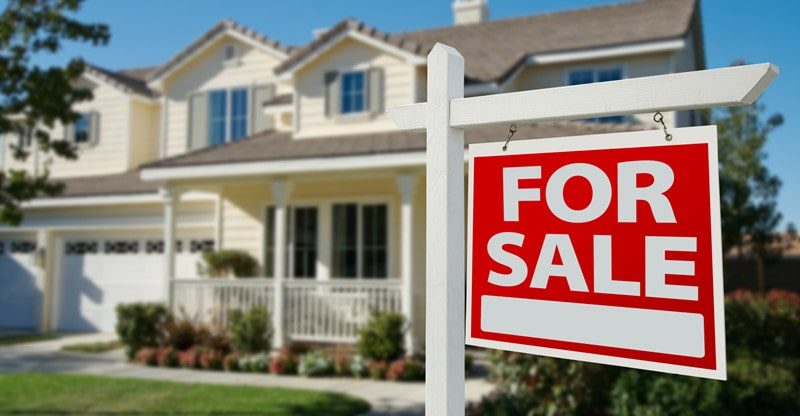How To Fix And Flip Houses In Barrie
When most people hear “home flipping,” they immediately think of the famous before and after photos presented on TV shows and the internet. Fix-and-flip is the act of purchasing a property, followed by a renovation, then selling it at a profit.
Most investors look after houses that have fallen in disrepair, and there are many ways to maximize your profits, yet, most focus on retailing.
The idea focuses on investors buying homes in bad shape, renovating them, and selling them at a higher price immediately. As a result, you make a substantial profit which can be very rewarding even after taxation.
Depending on your location, you can adapt your fixing strategy to ensure your best outcome. A great city for “home flipping” is Barrie, where you don’t have the high cost of the Greater Toronto Area. However, it’s still a desired city where people usually want a lovely home. There are many Barrie houses for sale currently on the market that you can fix and flip for a profit or make it your dream home!
Tips and Guidelines for Profitable “Home Flipping”
Suppose you want to be successful when flipping a house. In that case, you must stick to several essential guidelines to keep your investment and financial stability. Estimating your investments accurately will ensure that your time and effort will result in profit. Here’s what you should consider:
Budgeting, Funds, and Costs
Before you start anything, make a budget and verify you have enough funds for the flipping procedure before choosing a property. Understanding where to obtain the finances might help you succeed in your house-flipping endeavors. You can get a mortgage, ask for loans or pay fully if you have the necessary means.
Estimating the expenses of purchasing a home will assist you in making the expenditures of renovating and repairing a home more sustainable. You can better understand how to save money with your fix and flip investments by comparing prices. You can make this activity into a family business, contract a third-party company or sell it wholesale. Adapt every step of the way to your needs and budget.
Move Quickly
One of the most critical parts of the fixing and flipping procedure is selling it soon. Houses should be built where most purchasers can live and afford them. It would be best if you didn’t buy a home in an area with many rentals or homeowners.
Buy and adapt your homes to the local demands. Research the market before anything and only buy the most searched-after properties. In Barrie, new hectares are being prepared for an extension due to increased demand and a growing population. Most looked-after properties are detached single units, which you can significantly profit from if you fix and sell them quickly.
Create Your Perfect Strategy
Your strategy should include purchasing the house, finding a contractor to repair it, and then selling the property for a profit with the help of a realtor. This should be your basis for each investment. However, you can modify or adapt your techniques. Renovation should boost its value; investing in exterior improvements is the most cost-efficient method.
For example, you don’t have to completely renovate a deteriorated house to make a profit from it. Adding new windows and doors to your home can significantly improve their Return On Investment by enhancing energy efficiency and adding curb appeal to your property. A real estate agent will help you find the best buyers.
Manage Your Time Carefully
Because a home is among the most valuable investments, keeping an eye on home renovation projects that boost their value is critical. Most people fail in this industry because of common mistakes or miscalculations. Fixing a neglected home may take longer than anticipated, which usually translates into more money spent. House flipping takes time.
The research for the right home and purchase process might take months. You’ll need to put effort into repairs once you’ve acquired the property.
Suppose you hire someone to complete the task. In that case, you’ll still need to spend more time than you anticipated supervising it, and the expense of doing so will lower your professional income. Time spent on demolition and building might result in wasted nights and weekends if you have a day job, which is unprofitable, and you can lose a lot of money in the process.
Prioritize Quality and Skilled Work
Professional work is where the actual money in house flipping is made. You can flip a house if you’re good with using construction tools, love installing carpet, can hang drywall, roof a house, and put in a kitchen sink. If you aren’t good at these things and do not plan to learn these skills, you’ll have to hire contractors and specialized workers to do the restorations and repairs.
Flipping homes is a typical side business for seasoned contractors like plumbers and carpenters. They have the expertise and willingness to relocate and repair a house. While they work on their side projects over the winter, several of them also have union jobs that give unemployment checks, which you have to keep in mind when calculating your projects’ total costs.
Have Patience and Gain Experience
Most of the work you would have to do is profitable only if you do the work yourself. Fixing houses for a living is true art. Professionals either do the work themselves or rely on a network of prearranged, reliable contractors, which they regularly commission to cut costs.
Buying and selling houses takes time, and the profit margins are sometimes slim, so you have to make sure you have enough money, knowledge, and experience to carry the entire project until the end.
Suppose you require professional help at every step of the process. In that case, your profit margins will need to be higher to justify the time and effort. You can’t expect to paint, add some windows and then make a fortune, which is why you should properly analyze the housing market.



